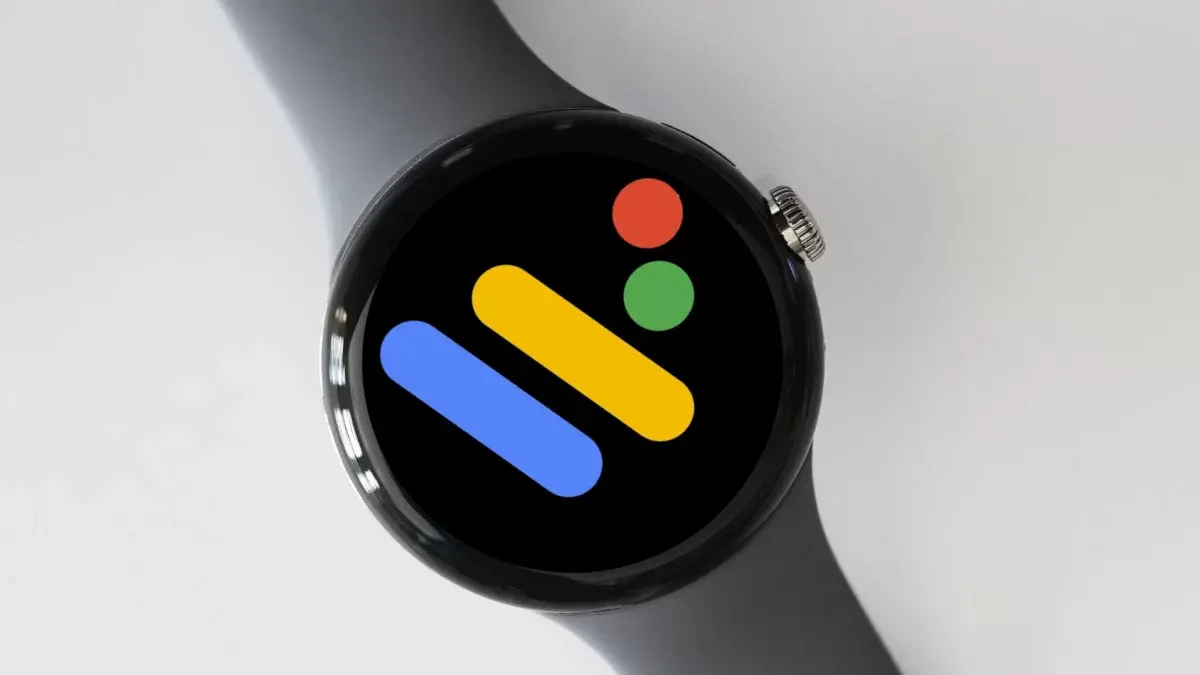OnePlus recently introduced its latest smartwatch, the Watch 2, claiming it to offer up to 100 hours of operation without recharging. The novel device runs on Google’s freshly rolled out Wear OS 4 operating system, which Google states significantly extends the standalone operating time of devices based on it.
OnePlus Watch 2: The Standalone Wonder
The OnePlus Watch 2 in itself can run for several days in succession, mostly thanks to its powerful 500 mAh battery. Nevertheless, a considerable extension of the gadget’s autonomy hinges on the combination of hardware and software capabilities. This is where the new operating system, Wear OS 4, comes into play and makes a substantial contribution.
The Power Behind the Marathon: Wear OS 4
The Wear OS 4’s advantage lies in its hybrid interface that nimbly shifts between the two processors in the Watch 2, contingent on current tasks. Whether it is health monitoring, receiving notifications, or simply the device’s standby mode, the interface handles it efficiently.


Google’s Explanation
As Google explains, the main and more efficient processor of the gadget remains inactive for the majority of the time. The minor co-processor handles less power-consuming functions of the device. For instance, while navigating through the interface, reading and responding to notifications, the powerful processor stays in standby mode, leaving the energy-saving co-processor to take the wheel. When launching more power-demanding applications such as Google Maps, Assistant, Wallet, Calendar, Keep, Gmail, etc., the major processor springs into action. This makes it possible for the OnePlus Watch 2 to deliver up to 100 hours of performance in regular use or up to 48 hours. In energy-saving mode, the device can operate autonomously for up to 12 days.





